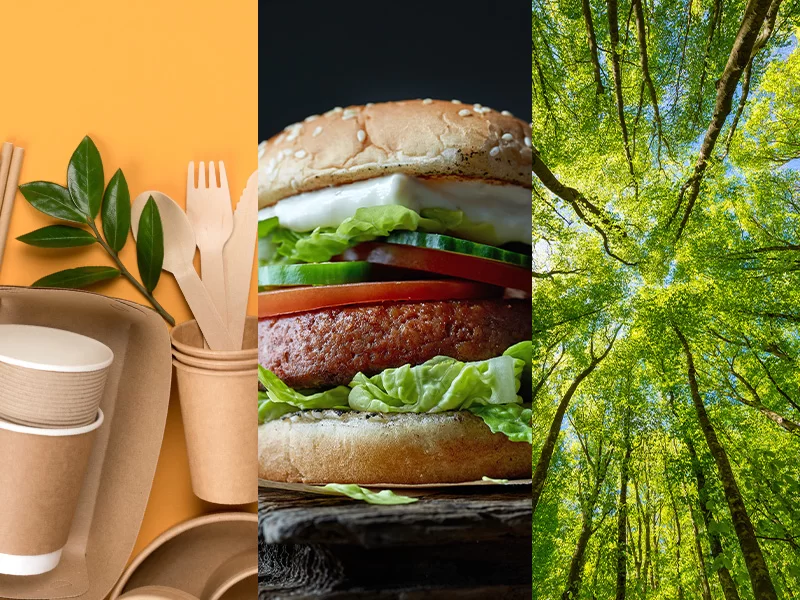For foodservice operators and manufacturers looking to stay relevant, build sales and support the overall wellbeing of our planet, sustainable solutions aren’t just an option—they’re a necessity. Now more than ever, consumers are taking climate impact into consideration when it comes to their food and beverage purchasing decisions. No matter how your brand chooses to address sustainability, partnering with the right creative and digital marketing agency can help amplify your effort.
Who’s Leading the Charge for Sustainable Food and Beverage Options?
Nearly 35% of Americans say environmental sustainability makes a difference in what they’re buying to eat and drink. Additionally, 40% take a product’s carbon footprint into consideration when deciding what to purchase. This climate-conscious mindset is especially prevalent among Millennials, followed by Gen Z, Gen X and Boomers. Parents also emerge as a key demographic, with 51% noting the impact of climate considerations on their choices.
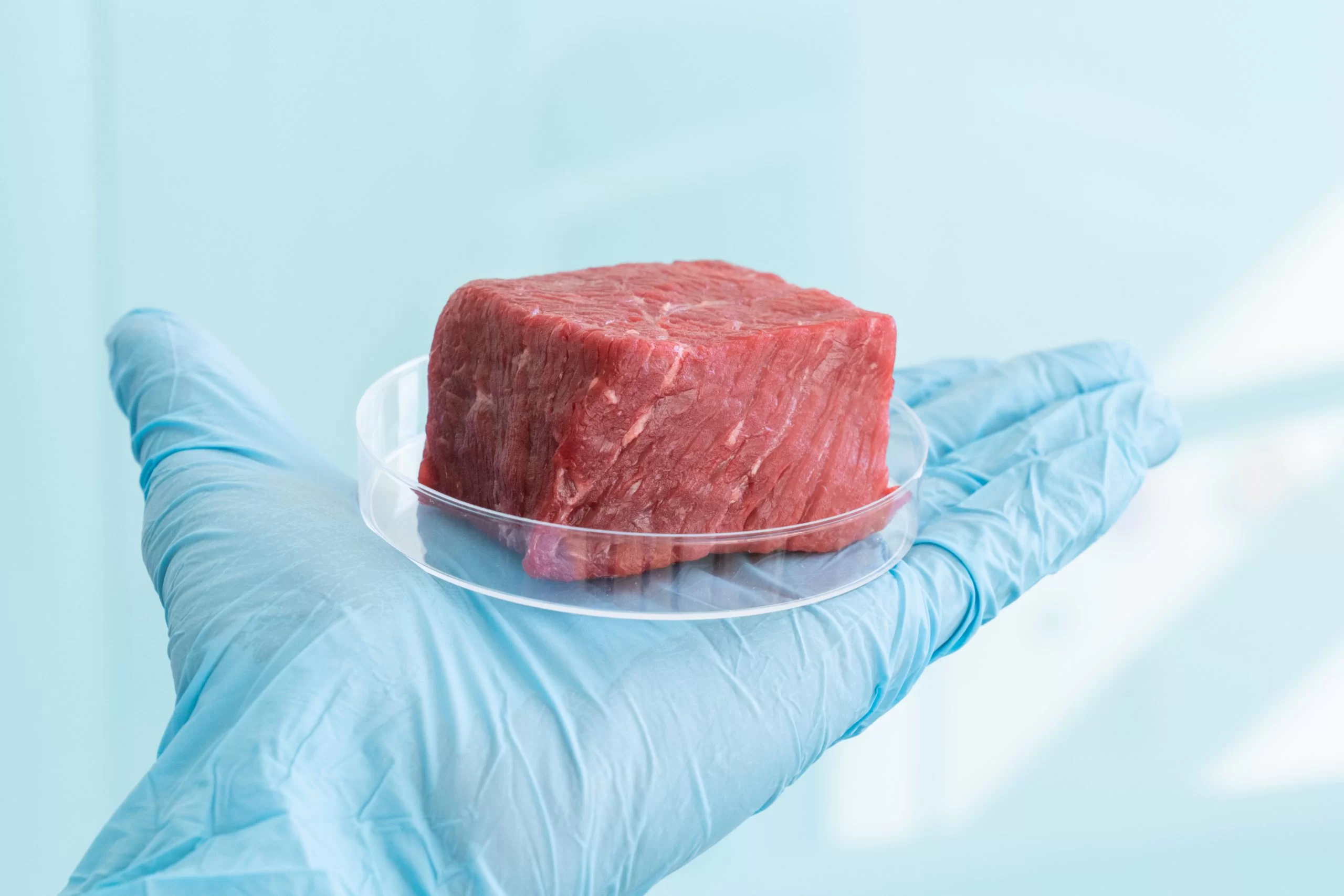
Appeal to these diverse demographic groups by highlighting the environmental benefits
of your products within your creative marketing strategy.
Pioneering Protein Sustainability: From Cultivated Meat to Plant-Based Seafood
Among the consumers prioritizing climate-friendly options, 62% say their meat and poultry purchase decisions are influenced by climate concerns, followed by 55% for fresh fruits and vegetables and 50% for dairy.
Amid this heightened interest in sustainable proteins, cell-based meat is getting attention from consumers, manufacturers and investors across the globe. According to The Good Food Institute, cell-based beef could have a considerable positive impact on global warming, air pollution and land and water use when compared to conventional production.
While cell-based meat isn’t readily available to most consumers in the U.S., it’s quickly becoming more prevalent. In June of 2023, two companies in California received approval from the USDA to sell cultivated chicken. Shortly after, Bar Crenn in San Francisco became the first U.S. restaurant to serve lab-grown chicken.
In addition to cultivated meat, manufacturers are turning a corner in plant-based fish and seafood production. Fish was the fastest growing plant-based food niche in 2022 and 2023, but taste and texture have been a hurdle. Brands like Nestle, Konscious Foods and Oshi are making improvements and innovations for more consumer- and operator-friendly products designed to save labor costs, reduce food waste and promote overall sustainability. Oshi’s whole-cut plant-based salmon hit the market in 2023, appearing on the menu at vegan Italian restaurant Coletta.
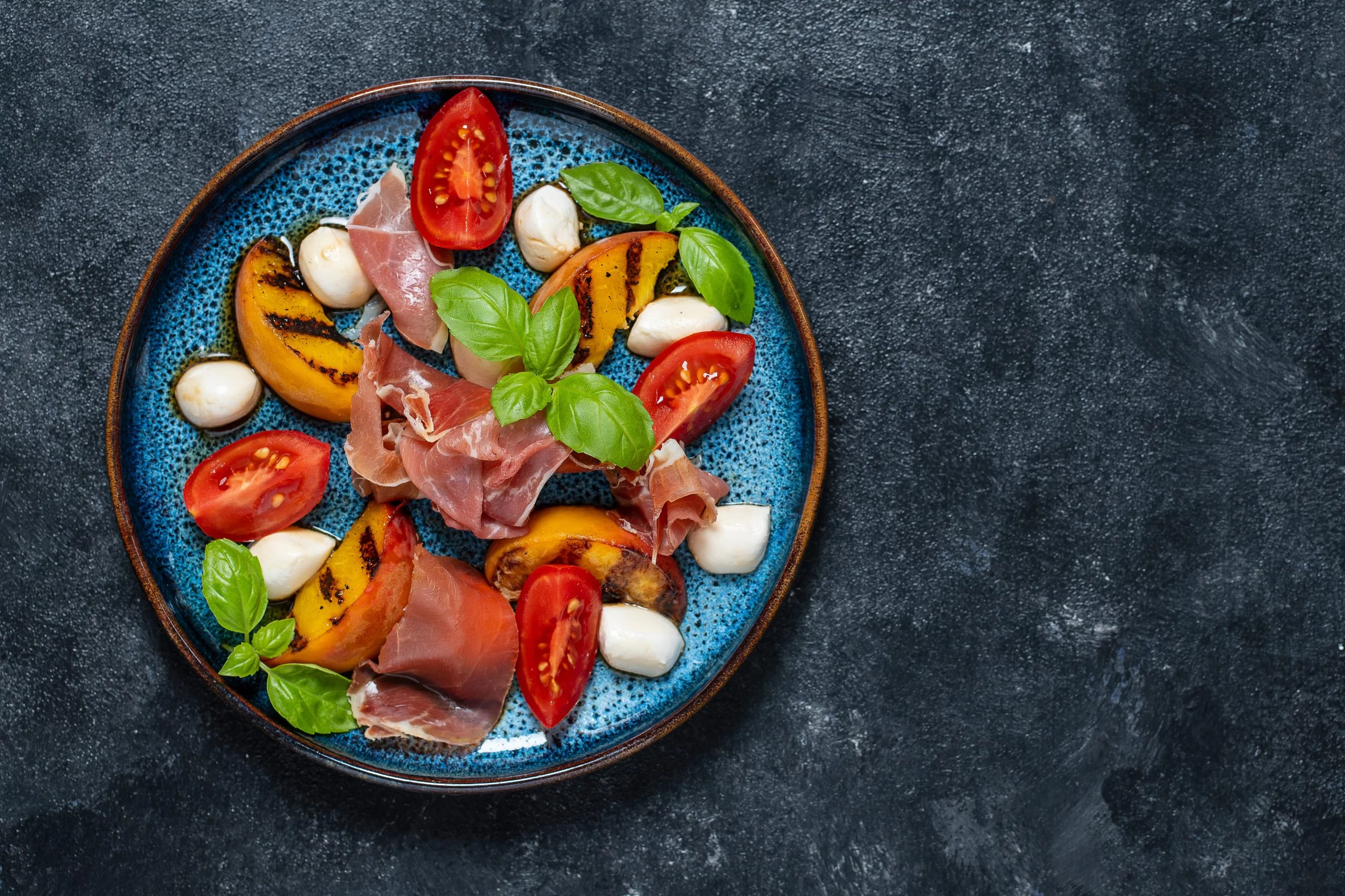
Consider incorporating cell-based and plant-based meat alternatives into menus
and product lines to meet consumer preferences and support environmental sustainability.
Reducing Food Waste: Key Strategies for Foodservice Operators and Manufacturers
For today’s consumers, the food that isn’t used is just as important as the food that is. Food waste is a major topic of concern, as the U.S. discards about 40% of its total food supply. Consumers express guilt about wasting food themselves, but 61% feel brands, stores and supermarkets should also do a better job of reducing food waste.
Hazel Technologies and SAVRPak are making strides to help retailers preserve freshness, specifically when it comes to produce. With proprietary sachets and peel-and-stick patches used during produce transport, these companies are able to enhance the shelf life of perishable items and prevent food waste before it happens. Additionally, artificial intelligence is solving food waste in supermarkets and commercial kitchens through algorithms that monitor freshness, identify spoilage, and deliver insights about commonly wasted products and ingredients.
Apps like Too Good To Go and Flashfood are connecting consumers with restaurants that have leftover food at the end of the day, promoting discounts on “surprise bags” of perfectly good meals or ingredients that would have otherwise been thrown away.
Another way operators and foodservice brands are looking to reduce food waste is through upcycling, or transforming edible food that would otherwise be thrown away. According to Innova Market Insights, one third of consumers find upcycled products more appealing than standard options, and that figure has only been growing. Manufacturers like Kazoo Snacks, Uglies and Spare Tonic are meeting demand with products including tortilla chips made from upcycled corn germ, kettle chips made from imperfect potatoes and sparkling beverages crafted with whey discard.
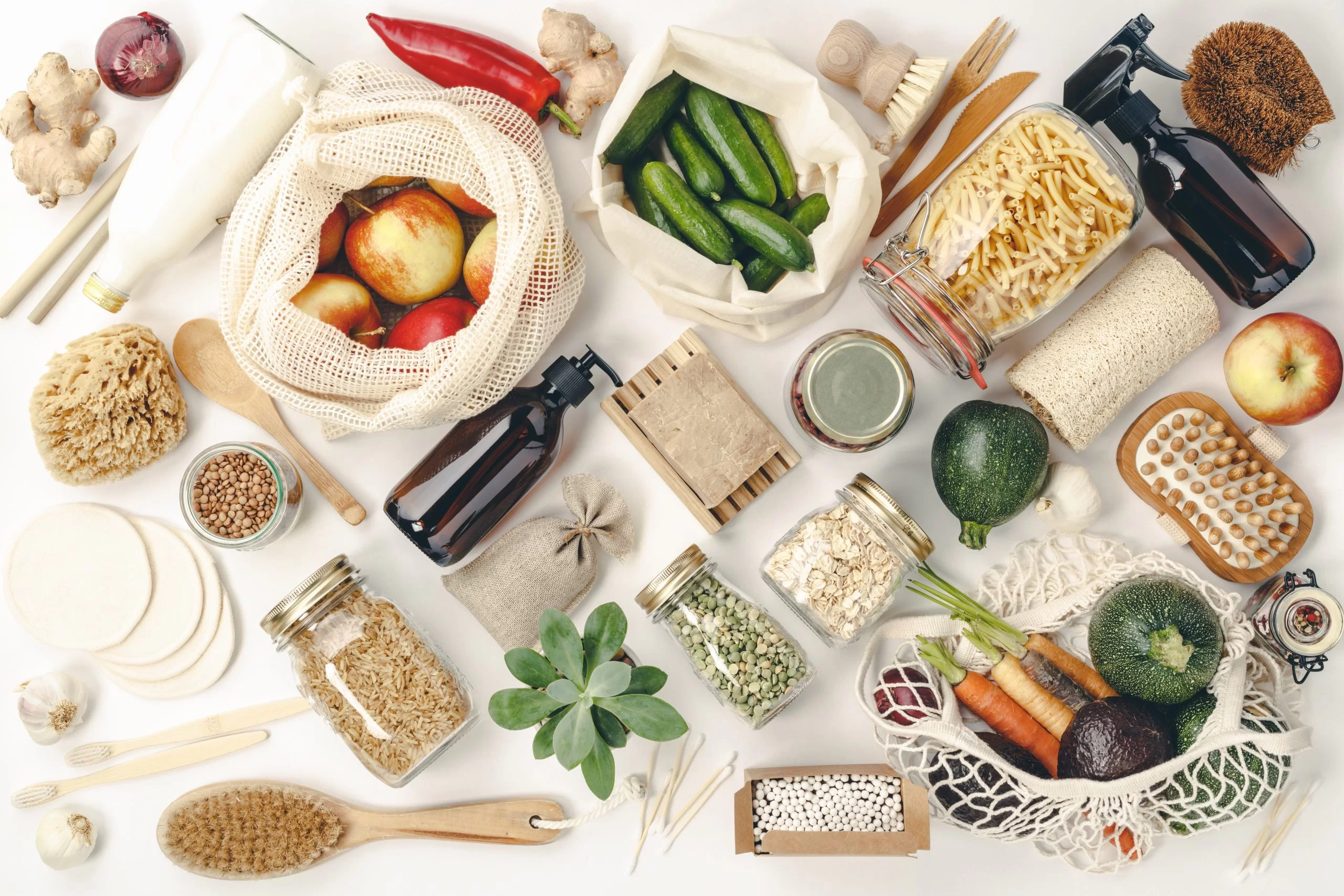
Design flexible menus that can adapt based on available ingredients
to minimize waste, and offer specials that use surplus items.
How Responsible Food and Beverage Packaging Solutions Meet Consumer Demand
For today’s consumers, what’s on the outside matters—60% of North Americans are looking for recyclable or environmentally friendly packaging.
Today, many retail brands are getting creative with packaging solutions that appeal to consumers’ increased interest in sustainability. A unique example is One Good Thing—this company forgoes packaging entirely by producing a snack bar with an edible, waterproof coating made from beeswax and other natural ingredients.
In the foodservice space, Reusables.com is making traction with its sustainable takeout options. Operators can partner with the company for traceable, reusable to-go containers that customers return to restaurants for cleaning and reuse within 14 days.
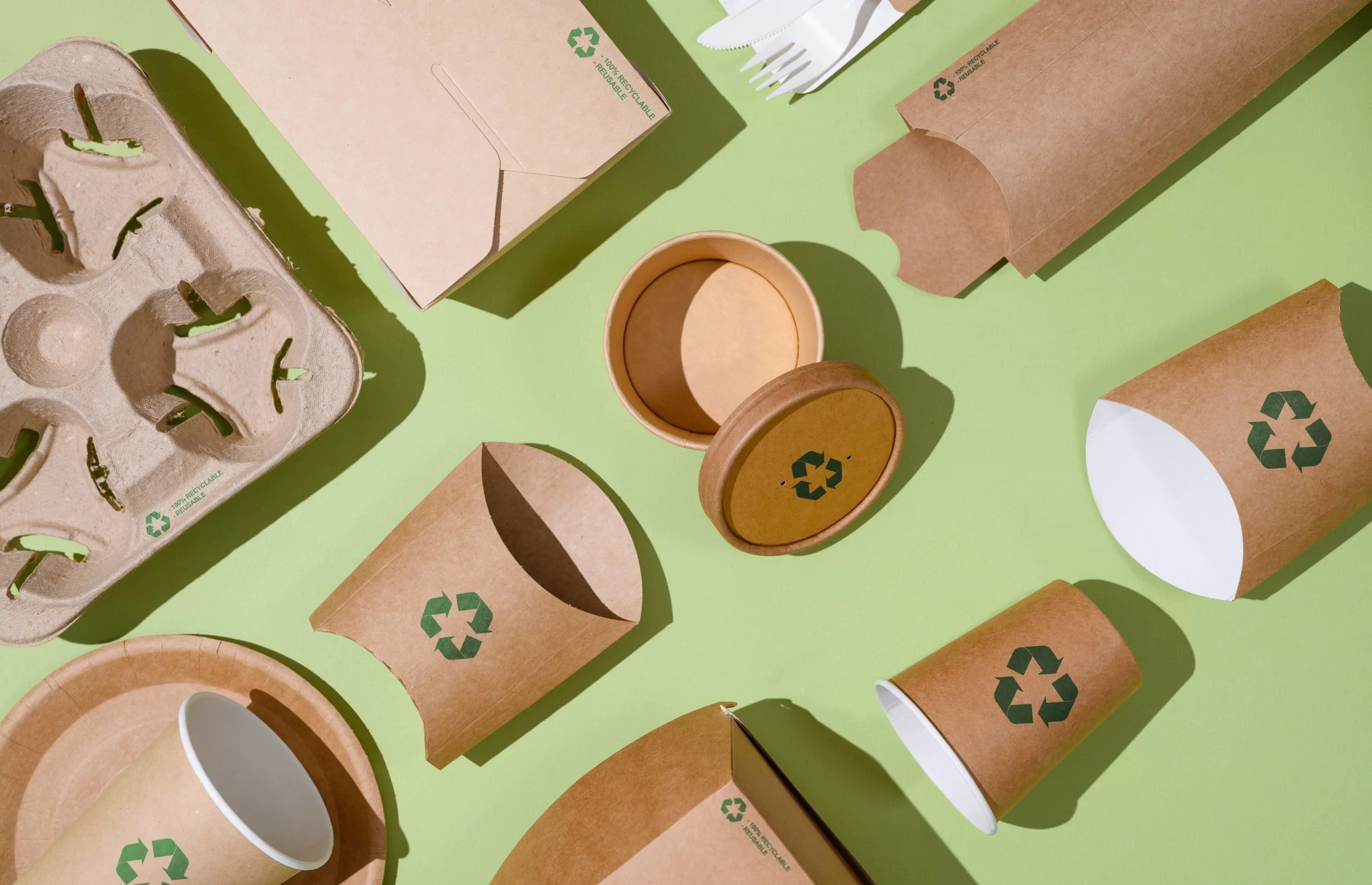
Explore innovative solutions like edible coatings or reusable
containers to appeal to eco-conscious consumers.
Overall, consumer demand is driving change in foodservice and retail when it comes to sustainable options. It’s urgent for chefs, operators and food and beverage brands to find innovative ways to minimize climate impact. To develop a comprehensive strategy for sustainable practices and effectively communicate these changes to your audience, partner with Marriner Marketing. Contact David Melnick for expert digital marketing and creative marketing solutions tailored to food, beverage and restaurant brands.
Sources:
- International Food Information Council. 2023 Food and Health Survey.
- Plant Based World Pulse. What’s Trending In Plant-Based? Seafood Growth, Fast Food Availability, Ingredient Innovations and More. September 2023.
- Recycle Track Systems. Food Waste in America in 2024.
- Trivium Packaging. 2023 Buying Green Report.
